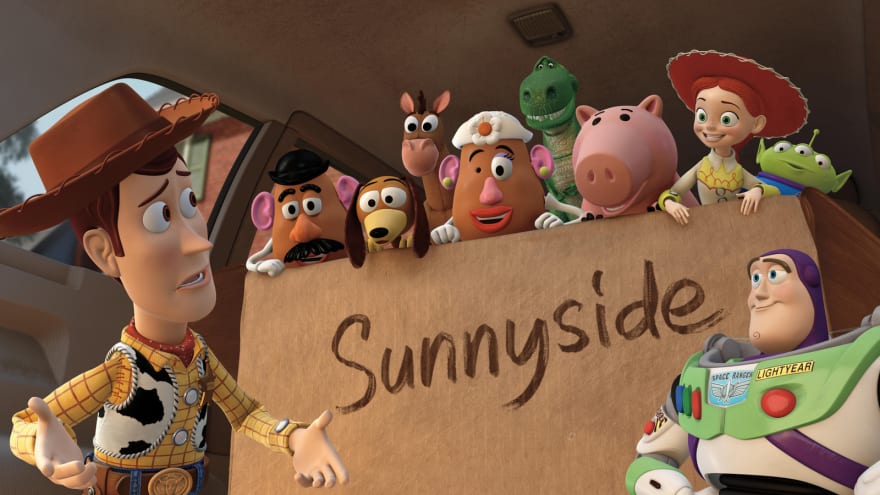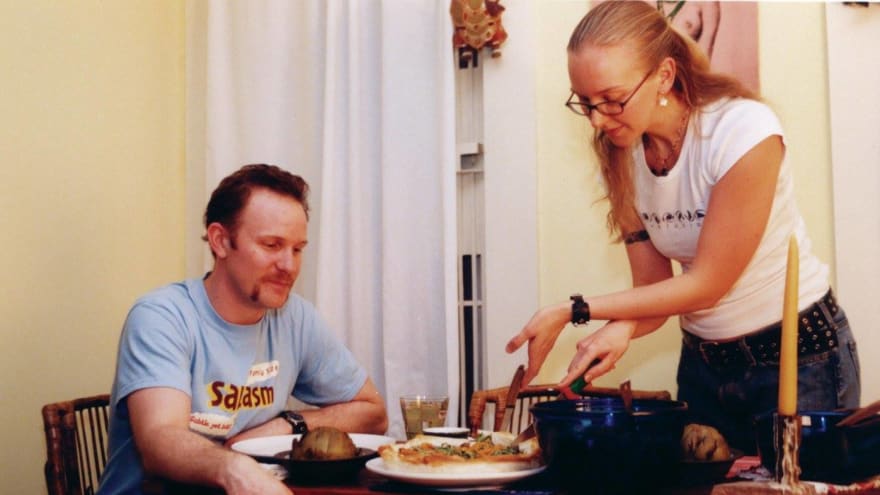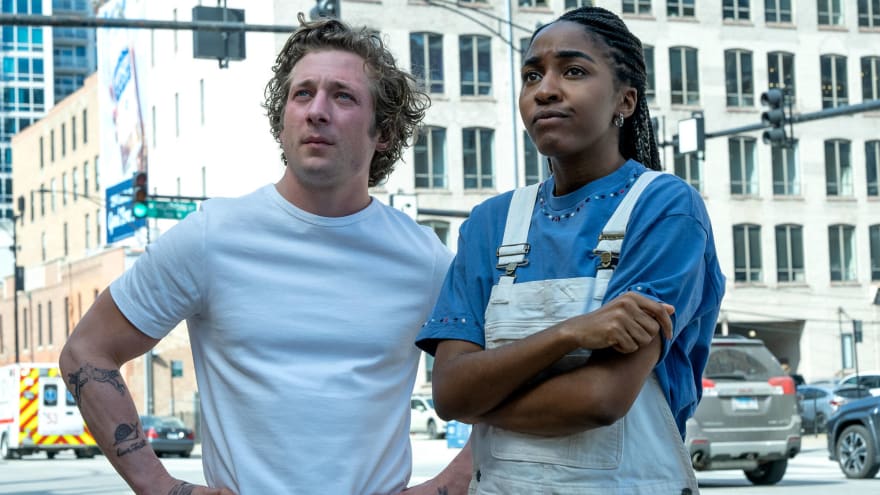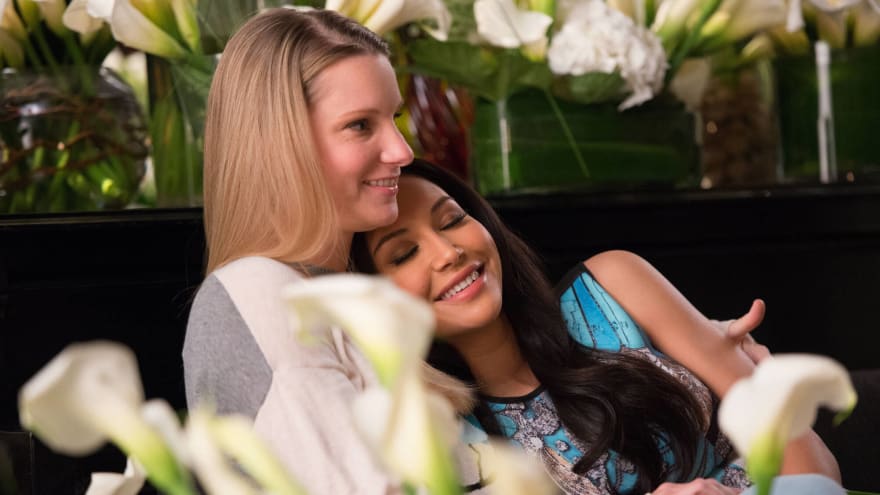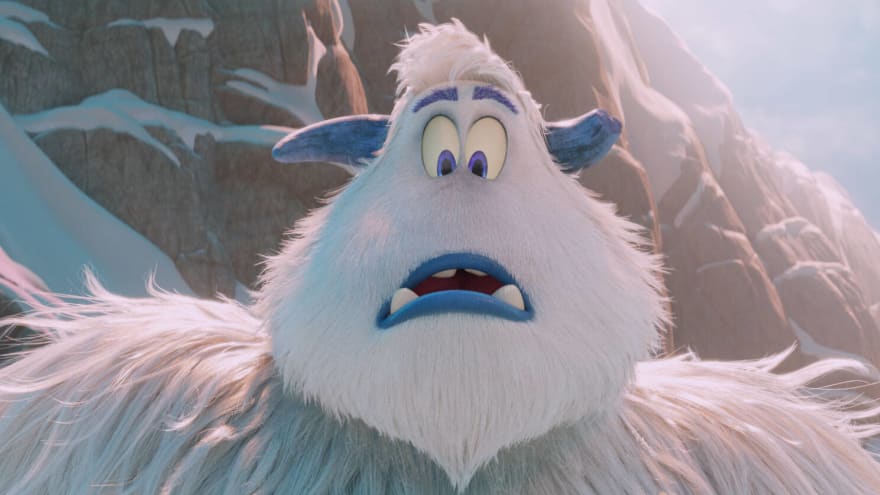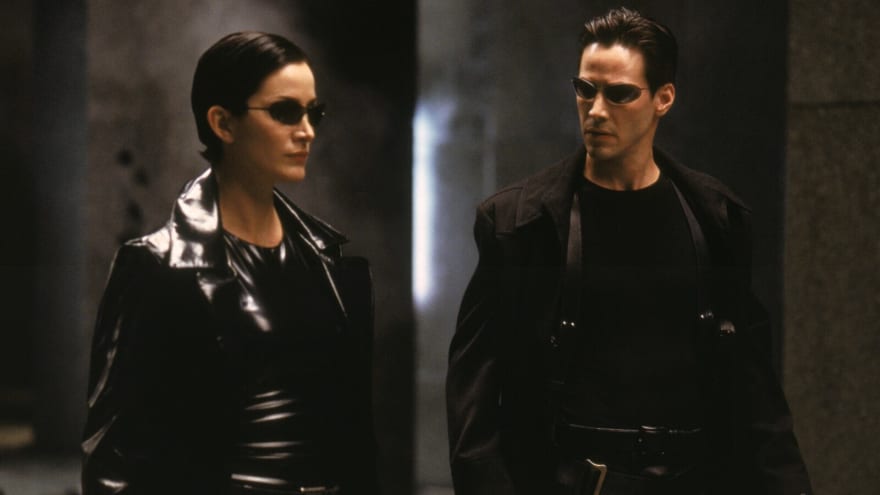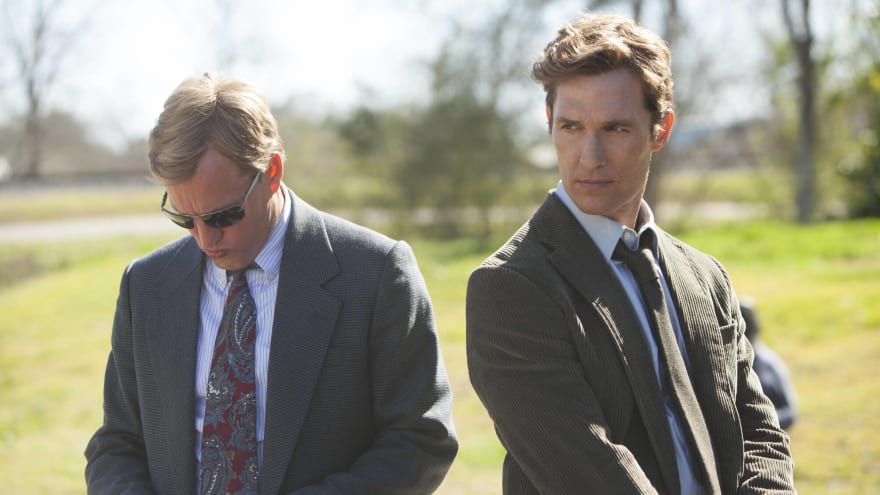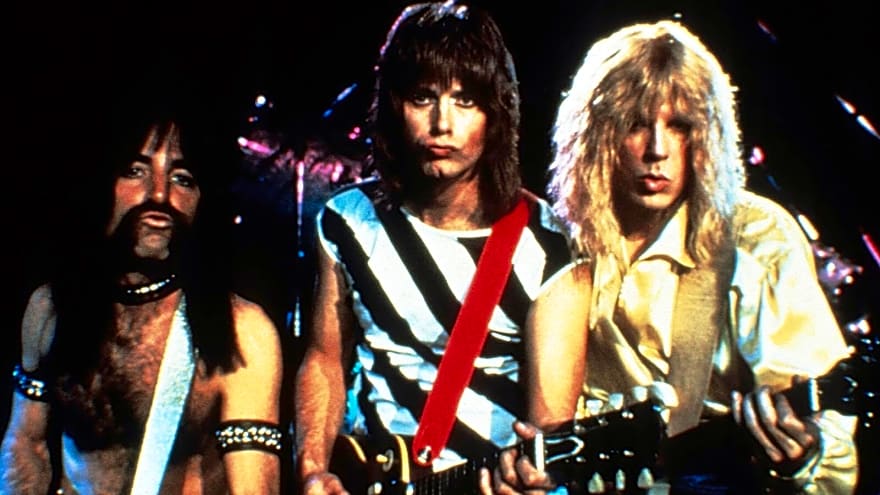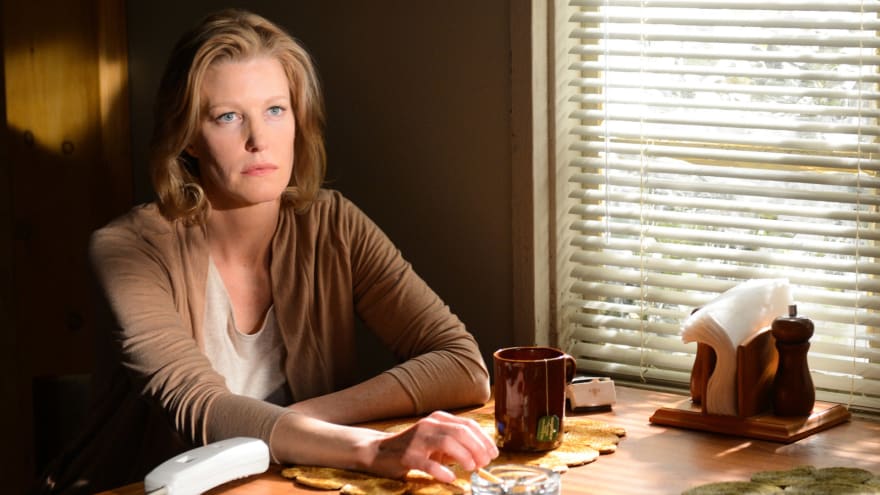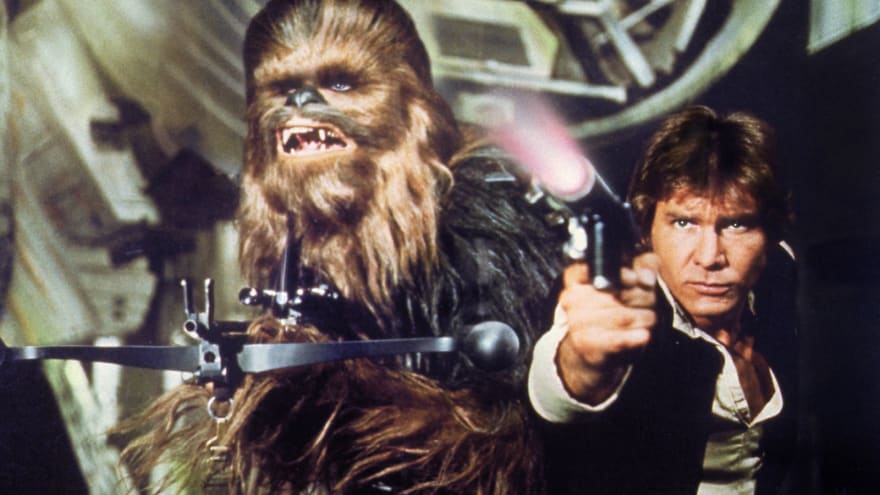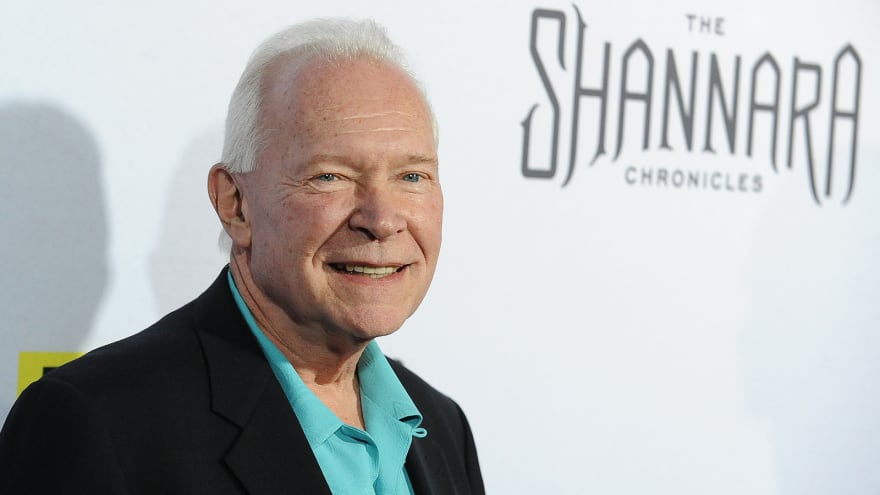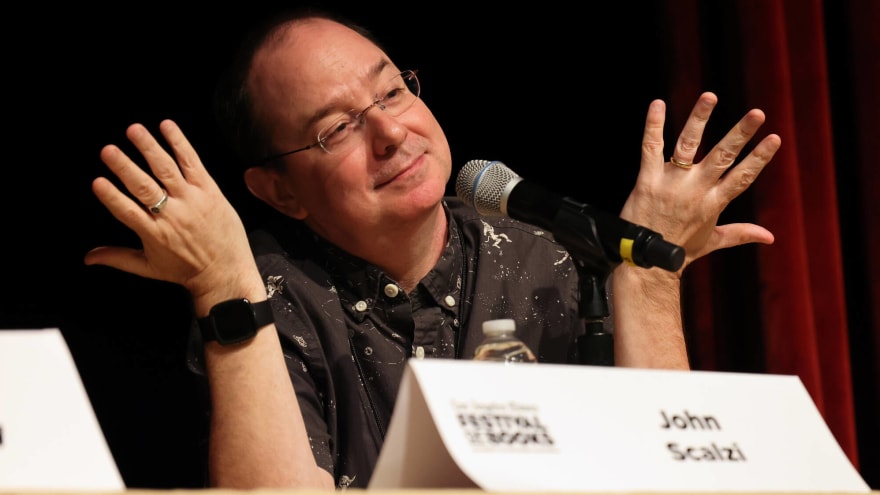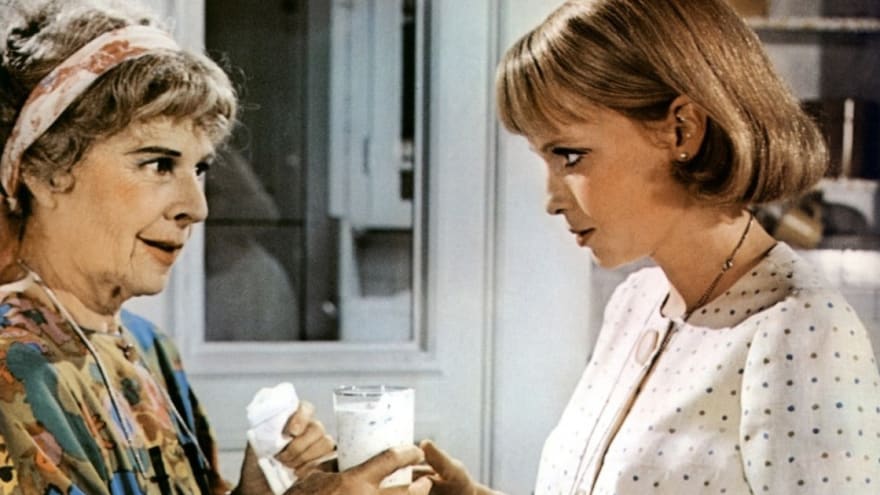20 animated films that pack an emotional wallop
For far too long, animation has been viewed as inferior to live-action, largely because it remains associated with children and their supposedly simple needs and desires as viewers. Over the years, however, studios from Disney to Pixar to Studio Ghibli have shown that there is a lot of emotional power in animation.
The 20 most iconic fathers in animation history
Father’s Day is always a good opportunity to celebrate fathers — real and fictional. Studios like Disney, Pixar, and Hanna-Barbera have been particularly prolific in their creation of remarkable father figures.
20 documentaries that had real-world impact
A number of documentaries have made quite an impact in the real world, whether by raising awareness of a very important and pressing issue or encouraging politicians and regular people to do something to change things for the better. As such, these documentaries are reminders of the enduring power of the moving image.
20 classic films that deserve a new theater release
By this point, it’s no secret that movie theaters are in a bit of trouble, with the summer 2024 box office proving sluggish. However, there’s always reason to hope, and Hollywood has repeatedly shown that it’s quite willing and able to use its classic films to draw people back into the theater.
20 iconic TV duos who were even better when they finally got together
TV history is littered with examples of great couples, whether in sitcoms — where the will they/won’t they dynamic is particularly pronounced — or in dramas. These character pairings are easy to invest in — people who seem almost from the real world. Unsurprisingly, the best TV couples are those who end up being better as a pair than they ever were as individuals.
20 classic films that got sequels well after the original release
Though some of the most noteworthy sequels are those released soon after the initial film, Hollywood history is filled with fascinating examples of films that did not have a sequel until many years after their debut. While few of these manage to fully recapture the original's magic, they nevertheless offer their own unique pleasures.
20 famous films that left the audience completely baffled
Every so often, a movie comes along that flies in the face of narrative logic, sometimes deliberately and sometimes because the director loses control of the story. However, even the most confusing and bewildering movies still have something to offer and are thus worth closer examination.
20 series that are best when watched one episode at a time
For better or worse, Netflix changed the game when it came to how people consume TV, encouraging audiences to binge shows rather than take their time to savor each episode. While some genres still lend themselves to this mode of viewing, particularly the sitcom, a number of series also deserve to be watched more deliberately.
The 20 best LGBTQ+ couples in movies
There has been an increasing amount of attention paid to queer love in all of its forms — the joyous and the tragic — allowing audiences to see the many forms it can take. It’s thus taking a look back at the best queer couples in the movies.
The 20 best LGBTQ+ couples on TV
Even though it took a long time, television is catching up to the fact that LGBTQ+ make up a sizable audience and want to see themselves reflected and represented on the screen. While not every single one of them gets a happy ending, they all manage to show how the joyously complicated nature of love.
The 20 best movies about cryptids
It’s no secret that Hollywood — and audiences — love a good monster movie, and it’s even better when the monster is a cryptid. Whether it’s the Bigfoot or the Loch Ness Monster, the Yeti or the Wendigo, cryptozoology has much to offer the movies.
Ahead of its time: The best films set in the far-off future
The future is always a source of fascination, fear, and anticipation. The further into the future one goes, the more intense those feelings become.
The 20 best anthology series
The very best anthology series strikes a balance between having each installment feel new and fresh while making sure they connect to the overall theme or ethos of the series. Fortunately, TV history has numerous examples of such anthology successes, from The Twilight Zone to American Horror Story.
20 terrifying films and TV shows about stalkers
As the success of such fiction demonstrates — including the hit series Baby Reindeer on Netflix — there is an audience hungry to experience, if just vicariously, the thrill and the danger of obsession.
The 20 best movies about angels
Whether they are terrifying or beneficent or some mixture of the two, there’s no doubt that cinematic angels represent the very human desire to reach beyond the limits of this world.
20 parody movies that are better than the genre it was mocking
Parody is one of the genres that is the most difficult to do properly, let alone achieve that rare feat of being as good as or better than the object of said parody. Though the parody film seems to have entered one of its periodic moments of dormancy, it’s worth looking back at some of the most notable examples of the genre to appreciate it in all of its irreverent glory.
Films that failed in getting their message across
Meaning is a tricky thing, and this is particularly true in the movies, which, like other kinds of texts, are highly suspect to the particular viewing perspectives of their audience(s). Indeed, the history of Hollywood is filled with examples of films which, for one reason or another, ultimately failed to deliver on the messages they sought to convey to their viewers.
Not half bad: Screen antagonists who really weren't villains
It’s no secret that Hollywood loves a villain; after all, they’re often the most exciting and interesting characters in a given movie or TV show. However, it is also true that if one scratches the surface, most antagonists are not nearly as villainous as they might initially seem to be.
Future stars featured in ensemble casts early in their career
It’s always fascinating to look back at films and TV series that were filled with relative newcomers to Hollywood at the time of their release. It’s particularly fascinating to look at films that featured actors who would become big names to see how the roots of their stardom were often very much in evidence, even so early in their careers.
The 20 films we could watch over and over again
In an age in which all media is seemingly ephemeral, it can be easy to lose sight of the fact that one of the great pleasures of many movies is watching them several times. They run the gamut of genres, from musicals to epics, noirs to comedies, but they are all a reminder of the timelessness of cinema.
20 popular movies where just about no one survives at the end
Every so often, a story comes along in which no one (or almost no one) makes it out alive, and even if they do, they are either physically dying or dead on the inside.
20 must-watch movies about apes
Given that apes are humanity’s closest relatives in the animal world, it makes sense that they would serve as an enduring source of fascination. The movies have had a particularly strong fascination with apes, whether gorillas, chimps, bonobos, or orangutans, and they have appeared in everything from thoughtful sci-films to family adventure stories to horror.
20 fantasy series that deserve a screen adaptation
Building on the success of such franchises as The Lord of the Rings and Harry Potter in the 2000s, fantasy moved into the realm of TV, giving audiences weighty epics such as Game of Thrones, The Wheel of Time, Rings of Power, and House of the Dragon.
20 sci-fi series that need a TV adaptation
Science fiction has also experienced a resurgence in popularity thanks to the many screen adaptations that have emerged over the past decade. While many great sci-fi works have already been adapted to screen or stage, several are still waiting for their adaptation.
The most notable feminist horror flicks
Ranging from the 1930s to the present, these are the types of films that manage to be scary and thought-provoking. Whether directed by men or women, the most notable feminist horror films draw attention to the positions that women often occupy in a male-dominated world.
